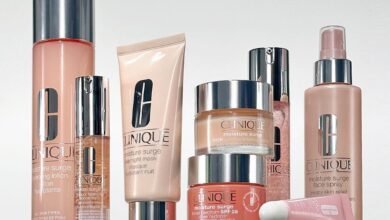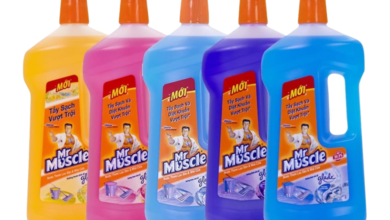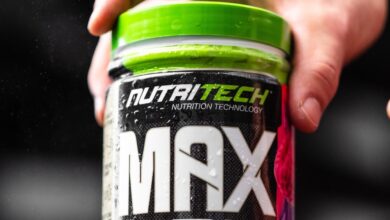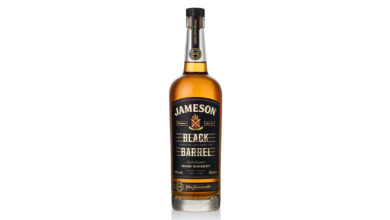How ENO Became a Household Name: The Strategic Growth of the World’s Leading Antacid Brand
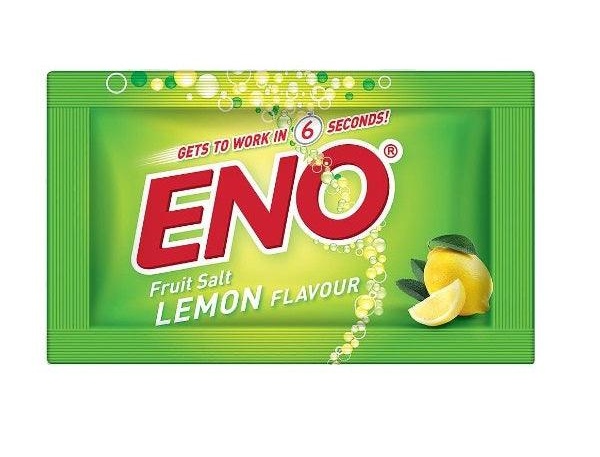
How ENO Became a Household Name: The Strategic Growth of the World’s Leading Antacid Brand. In a world where countless remedies promise quick relief from indigestion, ENO stands apart. For over a century, ENO has not just survived but thrived, becoming one of the most recognized antacid brands globally. Its story is not simply about clever marketing or medical efficacy — it is about authenticity, adaptability, and strategic growth. For entrepreneurs, ENO’s journey offers powerful lessons in branding, resilience, and innovation.
Early Beginnings: A Product Born from Necessity (1852–1870s)
ENO’s story begins in 1852 when James Crossley Eno, a pharmacist in Newcastle, England, began formulating a mixture intended to relieve digestive discomfort. Originally sold as “fruit salts,” his creation combined sodium bicarbonate, citric acid, and tartaric acid — producing a fast-acting, fizzy solution that neutralized stomach acid.
What set ENO apart early on was its commitment to scientific formulation and customer trust. By the 1860s, Eno had begun distributing free samples to sailors departing from Newcastle’s port. Word spread internationally, helping ENO develop an early global footprint before “international marketing” even became a formal concept.
Actionable Insight:
Identify where your audience naturally gathers — and find authentic ways to introduce your product there.
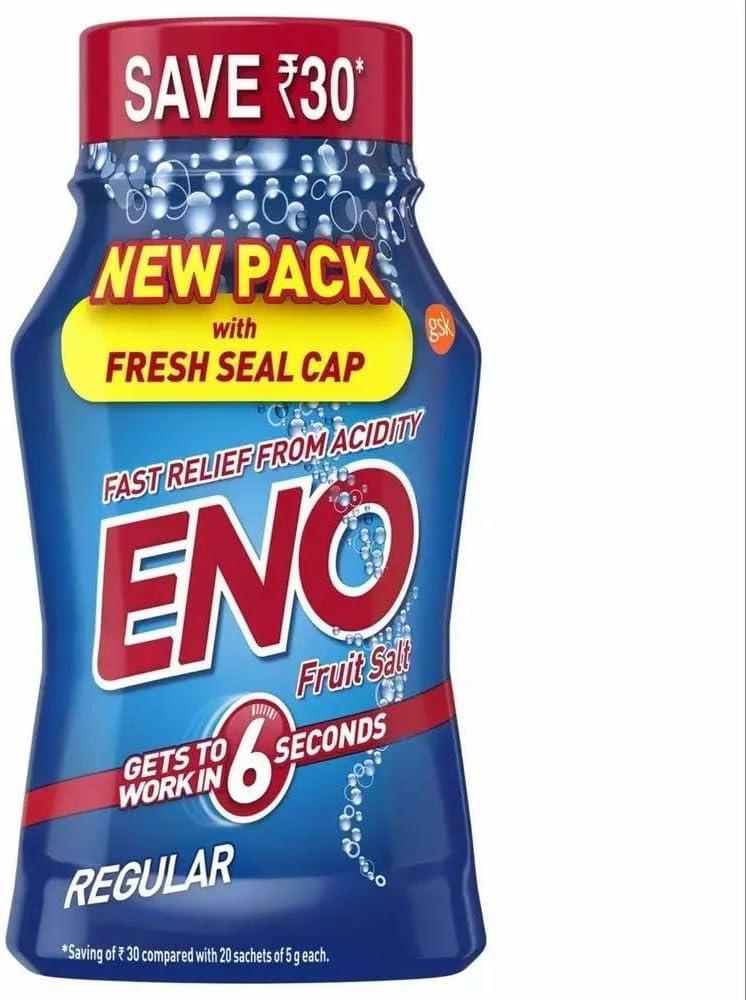
Building a Brand: The Power of Early Advertising (1870s–1900s)
By the late 19th century, ENO had embraced the growing power of mass advertising. Large-format posters, newspaper ads, and even endorsements positioned ENO’s Fruit Salt as not only a treatment for indigestion but a general health tonic.
These early campaigns were visionary for their time: rather than focusing solely on illness, they emphasized vitality and prevention. Eno’s brand became synonymous with maintaining health — a far more positive message than that of competitors who leaned into fear-based advertising.
By 1900, ENO’s products were sold widely across Britain, Australia, India, and other parts of the British Empire.
Actionable Insight:
Great marketing doesn’t just solve a problem — it inspires a lifestyle.
Global Expansion: Trust Across Borders (1900s–1930s)
One of ENO’s key advantages was consistency across markets. Unlike many brands that reformulated or rebranded heavily for local markets, ENO maintained a uniform product and message internationally. Consumers from London to Bombay recognized the iconic packaging and trusted the same quality of relief.
During this time, ENO also secured distribution through pharmacies, a trusted point of sale, rather than solely through general stores. This aligned the brand with medical authority without needing prescription status, enhancing credibility.
Actionable Insight:
When scaling globally, consistent product quality and brand messaging build lasting trust.
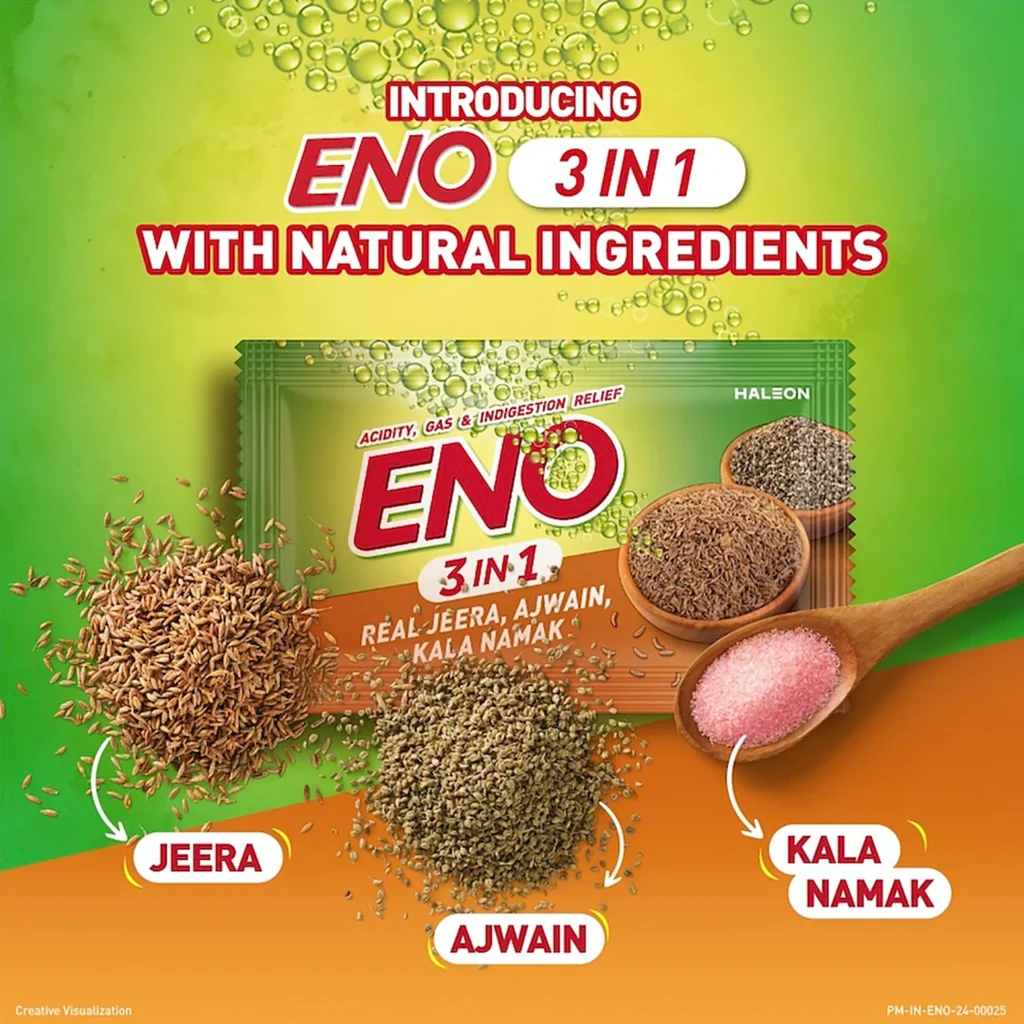
Adapting Through Ownership Changes: The Role of GlaxoSmithKline (1938–Present)
In 1938, ENO was acquired by Beecham, which would later merge into what is now GlaxoSmithKline (GSK). Rather than losing its identity within a pharmaceutical giant, ENO benefited from new distribution networks, research resources, and global marketing muscle.
GSK’s stewardship ensured ENO stayed relevant in a world where consumer health products were becoming increasingly competitive. The brand expanded into India, Southeast Asia, and Latin America, markets where indigestion remedies had rising demand due to changing diets and lifestyles.
In India, for example, ENO became deeply ingrained in daily life. Smart marketing campaigns in regional languages emphasized fast relief — often demonstrating “ENO ka jadoo” (the magic of ENO) within seconds. This helped ENO connect emotionally with consumers, far beyond mere functionality.
Actionable Insight:
When acquired or partnered, leverage new capabilities without diluting what makes your brand trusted.
Innovation and Staying Top of Mind (2000s–Present)
Even as competitors emerged, ENO has remained resilient by innovating packaging and flavors while keeping the core formula intact. Single-use sachets made it more convenient, while new flavors like lemon and orange appealed to younger consumers.
Advertising strategies also evolved. Recent campaigns highlight speed of relief, often demonstrating ENO working within six seconds, using visual and social media storytelling techniques that match modern consumer expectations.
Meanwhile, ENO’s focus on education marketing — explaining how acidity forms and how ENO works — positioned the brand as both a solution and a source of knowledge.
Actionable Insight:
Innovation doesn’t always mean changing the core product — it can mean adapting how the product is delivered and communicated.
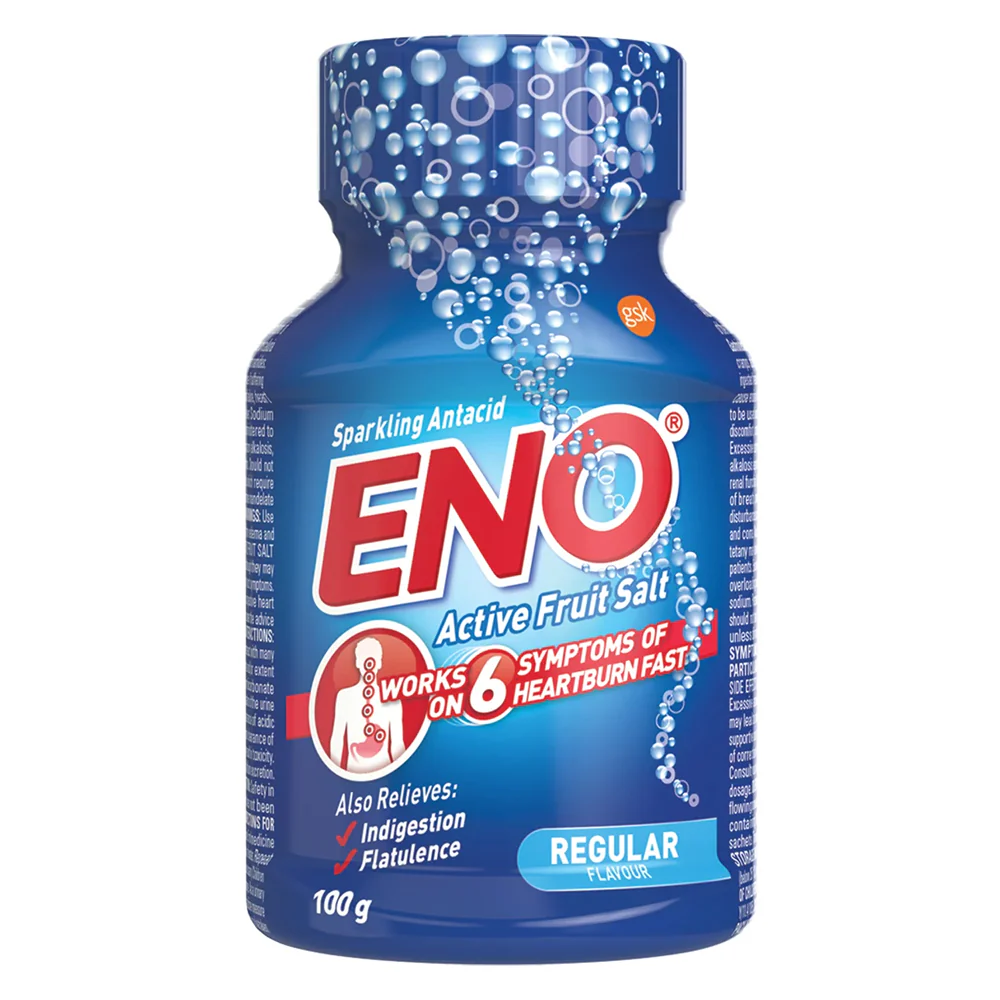
Conclusion: Lessons from ENO’s Enduring Popularity
ENO’s journey from a small pharmacy to a global health icon shows that building a brand isn’t about shortcuts or gimmicks. It’s about consistent quality, early and smart marketing, trust across generations, and resilience in the face of competition and change.
For entrepreneurs today, ENO teaches:
Solve a real problem with authenticity.
Scale thoughtfully without losing product integrity.
Use education, not fear, to build consumer loyalty.
Stay agile in marketing while keeping the product’s core promise intact.
In a world that constantly changes, ENO proves that trusted brands can endure — provided they stay true to their roots while evolving with the times.

